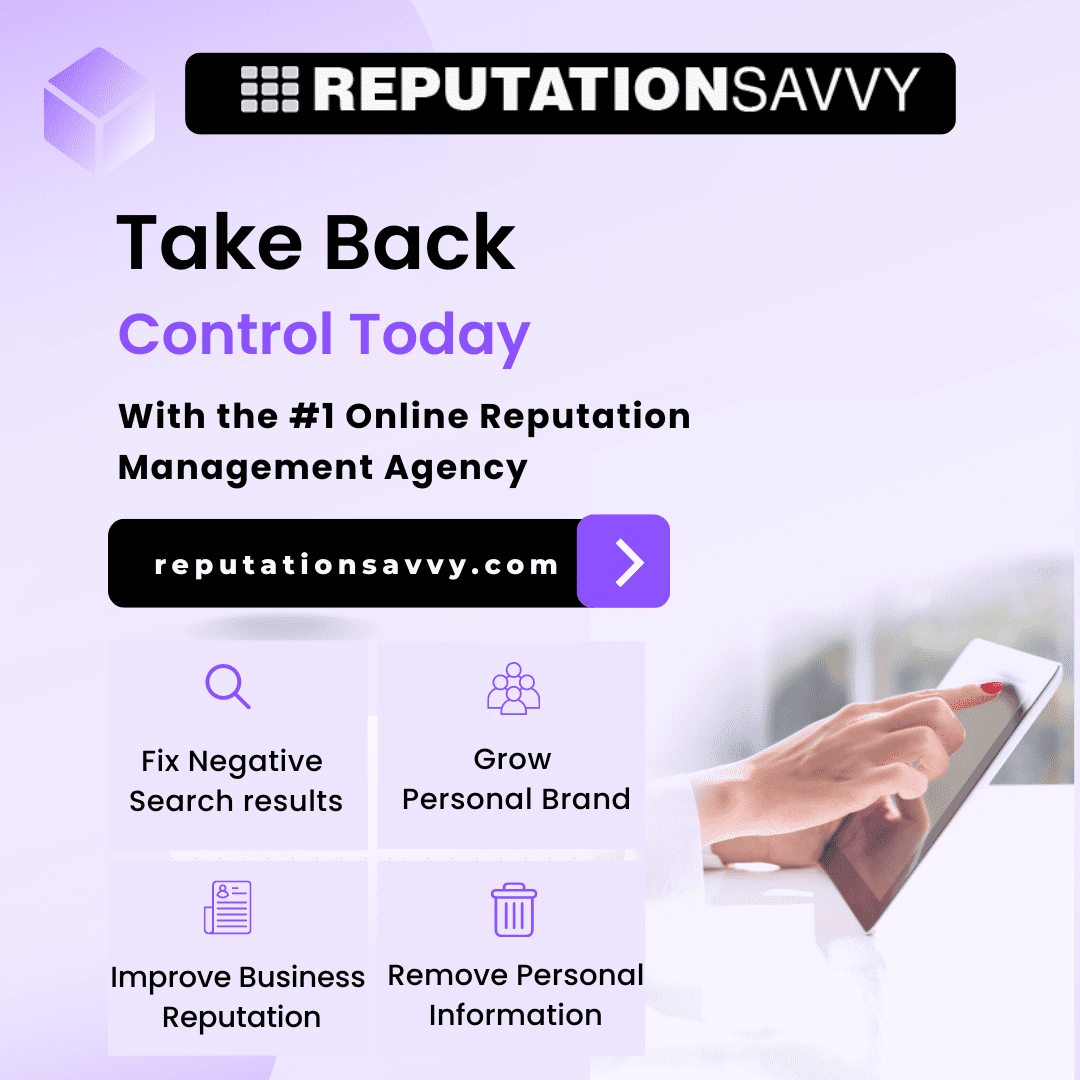Forget everything you knew about the old-school “one-size-fits-all” marketing. That era’s toast. If you’re still clinging to the idea that blasting the same offer to everyone is gonna work, well, good luck with that. Personalization’s the new gold rush in marketing—everyone wants to feel like the main character, not just an extra in your brand’s story.
And let’s be real, AI and data are the secret sauce making this whole thing possible. We’re not just talking about automating boring tasks—nah, it’s way bigger than that. AI’s morphing from a glorified spreadsheet into this digital wingman that just *gets* people. It’s not just about shoving products in your face, it’s about reading the room, knowing what you want before you do, and hitting you up with stuff that matters.
Like, check what Hannah McKenzie from Accenture says, AI’s not just about robots doing chores. It’s about those high-touch, almost psychic experiences that stick with you.
So, how’s this all working?
Well, AIs are basically swimming in oceans of data—stuff you and I scatter everywhere, from what we click on to what we buy and even what we rant about on Twitter (er, X, whatever). It chews through all that, figures out our vibes, and then starts tailoring offers that feel like they were made just for us. It’s not just “Hey, you’re a millennial, buy this.” It’s “Hey, you bought sneakers last week and looked at running apps—wanna try this new fitness tracker?” Creepy? A bit. Useful? Oh, 100%.
Machine learning is where things get wild. These systems learn from, like, every tiny move you make online—your late-night shopping sprees, your endless scrolling, your weird fascination with cat memes—and start predicting what you’ll want next. So yeah, that’s why your Instagram ads suddenly know you need a new blender right after your old one exploded.
Why bother with all this? Because people get more into your brand when it feels like you’re paying attention. Personalization = engagement. You send out generic blasts, and people ghost you. You send out stuff that feels handpicked? Now you’ve got loyalty, maybe even a cult following if you play your cards right.
And conversions? Through the roof. Look at Amazon. Their “You might also like…” isn’t just a friendly suggestion; it’s a cash machine. They know what you want before you even finish typing it.
Oh, and real-time stuff? That’s the cherry on top. AI can swoop in while you’re browsing, drop a discount, or push a new product right when you’re most likely to go, “Yeah, I’ll take it.” It’s almost like having a personal shopper who never sleeps and never judges your questionable choices.
A couple of spicy insights for you:
Behavioral AI: This is next-level. It doesn’t just react, it predicts. Like, “Hey, you’re running out of toothpaste. Want a coupon before you even notice?” That’s some Minority Report stuff, but for shopping.
Hyperlocal Customization: Global brands can feel local. AI helps companies tweak their offers so they vibe with local cultures, climates, and even slang. Imagine getting ads in your dialect, or products that actually make sense for your weather. That’s not just smart—it’s genius.
After-Sale Personalization: The hustle doesn’t end after you buy. Bought a phone? Here comes the suggestions for cases, headphones, apps—whatever fits your lifestyle. Keeps you coming back, wallets ready.
Now, not to be a buzzkill, but all this data magic does mean companies gotta play it cool with your info. People are (finally) starting to care about privacy. Brands need to be straight up about how they’re using your data, or risk getting canceled, hard. Trust is the real currency here—mess that up, and no amount of AI wizardry’s gonna save you.
So yeah, personalization’s the wild frontier, and AI’s the cowboy riding point. Just remember: with great data comes great responsibility. Don’t be creepy, be cool.
Real-World Case Studies
Netflix: Binge-Watchers, Rejoice
Netflix is the puppet master of your free time. It spies (in a nice way, I guess?) on everything you click, binge, or abandon after ten minutes, then spins up recommendations that are freakishly on point. The more you watch, the more it knows your vibe—suddenly, you’re knee-deep in obscure documentaries you never even knew existed. Honestly, it’s a little spooky how well it gets you.
Spotify: Your Ears, But Better
Spotify’s ‘Discover Weekly’? Pure sorcery. Every Monday, like clockwork, they drop a playlist custom-built from your listening habits. Half the songs are new, but you end up loving them anyway. It’s like your cooler, musically-obsessed friend made you a mixtape, but without the emotional baggage.
Amazon: Feels Like It Reads Your Mind
Ever feel like Amazon’s reading your brainwaves? Their recommendation engine is that. You buy a spatula, and suddenly you’re getting ads for pasta makers and chef hats. They’re tracking everything—every click, every wishlist, every “maybe later.” It’s a little Big Brother-ish, but hey, it does make shopping ridiculously easy.
How to Use AI And Data for Personalization (Without Losing Your Mind)
Step 1: Start Hoarding Data
Don’t just grab any random numbers—track what matters. Where are your customers hanging out? What weird stuff are they into? Figure out how they’re messing around with your site, app, or whatever.
Step 2: Pick Your Digital Sidekicks
Don’t just grab the first shiny AI tool you see. Pick something that works with the tools you already have. No one wants to deal with tech that’s allergic to your system.
Step 3: Make It Personal, Everywhere
Don’t stop at emails. Blast that personalization magic across every channel—social, website, text, skywriting, whatever. If you can connect with someone somewhere, make it feel like you see them.
Wrapping It Up
Look, AI and data aren’t just making companies slightly better at customer service—they’re totally flipping the script. Nail personalization, and suddenly your customers stick around, buy more, and maybe even tell their friends you’re awesome. Just—and this is big—don’t be a creep with the data. Play nice, and you might just become the brand everyone else is scrambling to copy.











